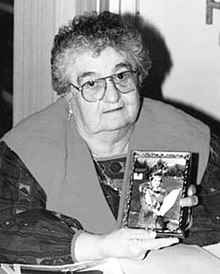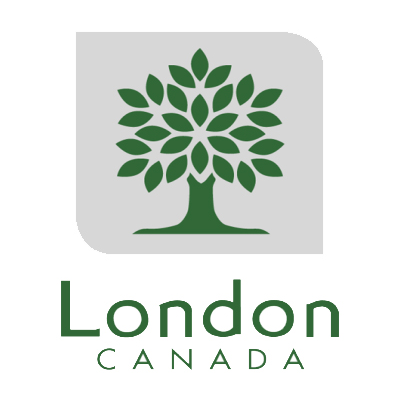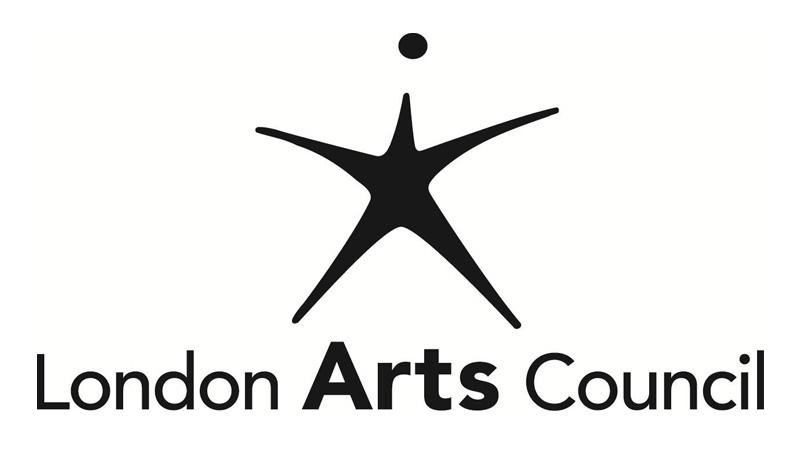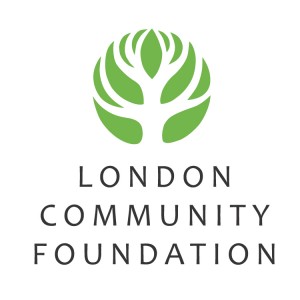
Black Lives Matter

-Above, 1000’s of Londoners gather in Victoria Park in support of the Black Lives Matter movement. June 6, 2020
Black History
Click the section headings to read full articles on Black History
The Underground Railroad was a secret network of people who wanted to abolish slavery called abolitionists. Although Canada had abolished slavery (1834), some States of America still practiced enslavement. That meant that there were abolitionists that helped African enslaved people escape from the American South to free Northern states or to Canada.

Underground Railroad stations in Canada (Southwestern Ontario) :
- Uncle Tom’s Cabin Historic Site – Dresden, Ontario
- Sandwich First Baptist Church – Windsor, Ontario
- Buxton National Historic Site – Chatham, Ontario
- John Freeman Walls Underground Railroad Museum – Lakeshore, Ontario
It may not be well known, but London Ontario is home to a fugitive slave chapel. Located at 275 Thames Street, the historic building was slated for demolition in order to be replaced by parking. This caused groups of concerned citizens to protest and combat the order because they remembered the history and importance of the building: a Fugitive Slave Chapel.
– History of slavery in Canada
Michaëlle Jean is Canada’s first black woman to be appointed as Governor General of Canada. She served from 2005 to 2010. Jean was a refugee from Haiti when she came to Canada in 1968 and was raised in Thetford Mines, Quebec. She is a Canadian stateswoman and former journalist who is the third and current Secretary-General of the Organisation internationale de la Francophonie and is the first woman to hold the position. Click the header to read about more influential Black Canadians.
Segregation In Canada
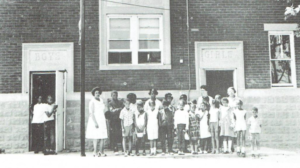
What is racial segregation? It’s an important term to understand and is defined as the separation of people or groups of people, based on race in everyday life. In fact, Canada has a history full of examples of Black people being segregated, excluded from, or denied equal access to opportunities andservices such as education, employment, housing, transportation, health care and commercial establishments. This segregation was historically enforced through laws, court decisions and social norms in Canada.
Useful Resources











